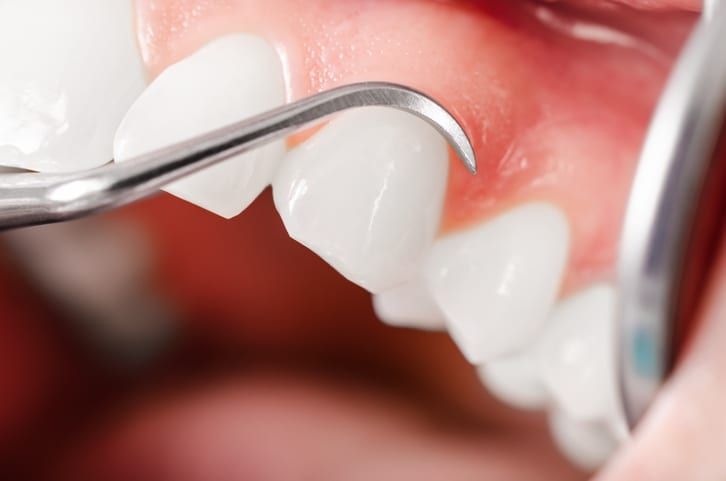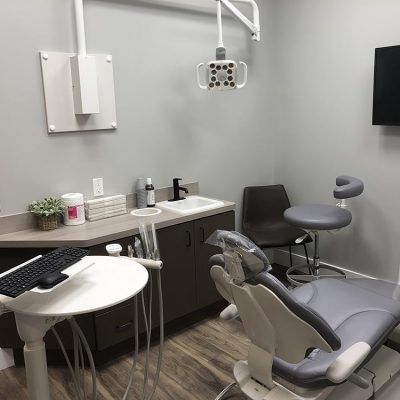
Gum disease, in general, is an unfortunate condition for anyone to endure. The first stage of gum disease is referred to as gingivitis and it serves as a warning for the later stages of this oral condition. Symptoms of gingivitis include swollen gums, loose teeth, and bad breath. It is typically able to be reversed at home with proper oral hygiene habits.
If gingivitis progresses, it can eventually turn into periodontal disease which requires professional care to treat. At River Run Family Dentistry, we are committed to helping our patients overcome oral health. Here is what you can expect when getting treated for periodontitis.
Treating Periodontal Disease
Unlike gingivitis, the effects of periodontitis cannot be reversed. Instead, the damage is halted. When you come in, our goal is thoroughly clean the plaque and calculus that has built up under the gumline. In addition to this, we will also perform a root planing procedure which involves smoothing out the rough patches on the roots – this is to get rid of bacteria that lodged in the uneven surfaces.
In short, getting rid of the bacteria that are actively destroying the gum tissue is the most important step in periodontal disease treatment. This may require multiple visits to fully complete this part of the treating process. If the condition has progressed to severe levels, then surgery procedures such as flap surgery may need to be required to fix damages.
Finally, will prescribe medication and/or mouthwash with antibiotic properties. This will help control bacteria and effectively prevent the condition from developing further.
Preventing Gum Disease
The best way to prevent periodontal disease is by practicing daily brushing and flossing habits. Following the ADA recommended method for brushing will ensure that you will get rid of built-up plaque and prevent developing oral health problems such as cavities and gum disease.
We strongly recommend using a soft-bristle toothbrush that fits in your hand comfortably. Next, grab your favorite ADA-accepted fluoride toothpaste. Brush for 2 minutes, gently moving the brush back and forth while making sure to get the insides of your teeth – you can do this by holding the handle outward and letting your teeth sit between the bristles.
Rinsing is something you can choose to do or not do. Letting the fluoride from the toothpaste continue sticking to your teeth is beneficial, but on the flip side, rinsing with antibacterial mouthwash helps eliminate excess bacteria left behind. There is no clear-cut answer on which is the better method.
One thing we can say for certain is that you should floss once a day. Gum disease typically develops due to plaque getting trapped in between the teeth–a toothbrush alone will not effectively remove this.
Talking to Us About Treatment
We are here for your oral care needs at River Run Family Dentistry. If you believe that you are suffering from gum disease of any kind, do not hesitate to give our office a call at 830-387-3040 and describe your symptoms. We will book an appointment for you to ensure you get the help you need.
